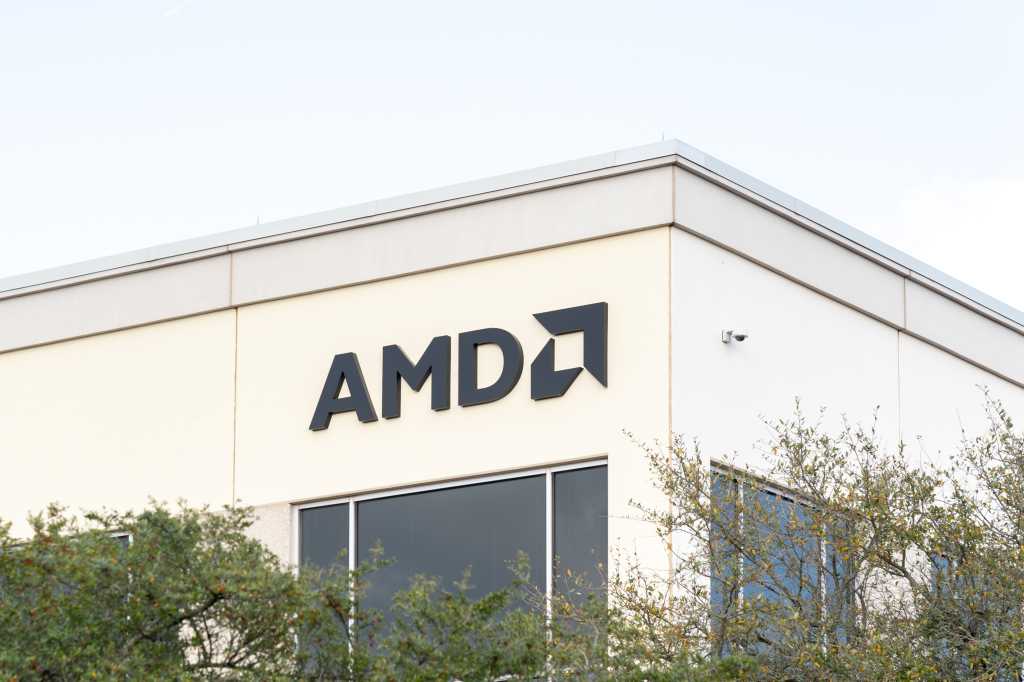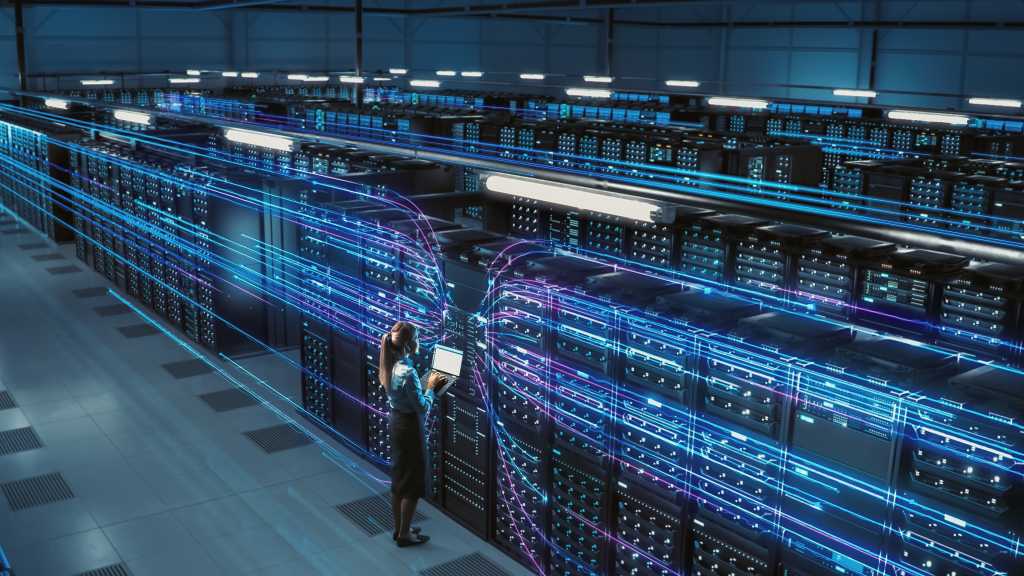
The United States Department of Energy has opened application for testing advanced nuclear reactors outside of national laboratories using the federal authorization process.
“Seeking DOE authorization provided under the Atomic Energy Act will help unlock private funding and provide a fast-tracked approach to enable future commercial licensing activities for potential applicants”, the DOE said in a press release.
The call for applications results from an order issued by President Donald Trump May 23 for reforming the national lab process for reactor testing, establishing a pilot program for reactor construction and operation outside of national labs and streamlining environmental reviews for reactor facilities.
“With some rare and arguable exceptions, no advanced reactors have yet been deployed in America”, Trump said in the executive order.
“I find that design, construction, operation, and disposition of such reactors under the auspices of the Department – and not to produce commercial electric power – would be for research purposes” rather than for demonstration of commercial viability, the president wrote. “The purpose of testing these reactors at this stage in America’s industrial evolution is to establish fundamental technological viability.
“Thus, at least for the foreseeable future, advanced reactors over which the Department exercises sufficient control and that do not produce commercial electric power, including those ‘under contract with and for the account of the [Department],” 42 U.S.C. 2140(a)(2), fall within the jurisdiction of the Department, which has authority to foster research and development in nuclear reactors”.
The order aims to have at least three advanced reactors achieve “criticality” by July 2026.
U.S. law defines an advanced nuclear reactor as a fusion reactor or a radioisotope power system that uses heat from radioactive decay to generate energy. A nuclear fission reactor may also be considered an advanced reactor if it has significant improvements compared to reactors operating as of 2020, including additional built-in safety features, lower waste yields, better fuel and material performance, capability for integration in both electric and non-electric applications, and modularity, according to Title 42 Section 16271(b)(1) of the U.S. Code.
“President Trump is committed to re-establishing the United States as a global leader in nuclear energy and securing a reliable, diversified, and affordable energy supply to drive American prosperity and technological advancement”, the DOE statement said.
Applications are due July 21. The DOE said the pilot program may open for subsequent application windows.
In other news, the DOE released around $100.45 million to Holtec International for the restart of the 800-megawatt Palisades Nuclear Plant in Covert, Michigan. This is the fourth disbursement of a $1.52 billion loan guarantee for the facility, which was shut down May 2022. A total of nearly $252 million has been disbursed.
“The Palisades Nuclear Plant will help to reinvigorate our nuclear industrial base and will reestablish the United States as the world’s nuclear energy leader”, Energy Secretary Chris Wright said in a statement.
To contact the author, email [email protected]
WHAT DO YOU THINK?
Generated by readers, the comments included herein do not reflect the views and opinions of Rigzone. All comments are subject to editorial review. Off-topic, inappropriate or insulting comments will be removed.
MORE FROM THIS AUTHOR





















